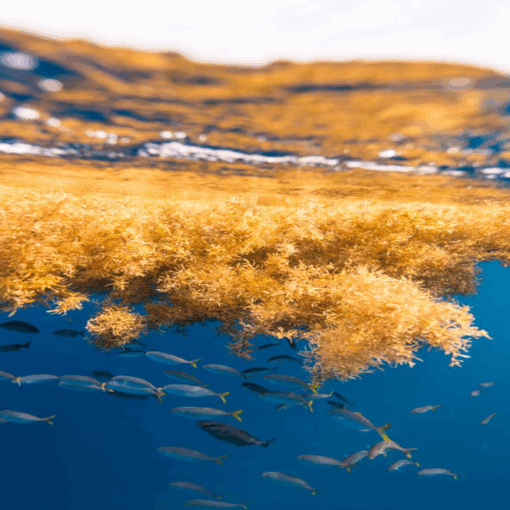By Lauren Kurtz
This week the Climate Science Legal Defense Fund (CSLDF) officially launched a series of guides to scientific integrity at nine federal agencies. The guides are intended to help researchers understand their employers’ policies and navigate the process of filing a scientific integrity complaint. They also reveal which agencies have strong policies and where the policies are lacking. Given the federal scientific integrity issues that have come to light even in just the past few days—from new allegations of political interference at the Department of Interior to multiple failures involving the Centers for Disease Control and Prevention—understanding these agency policies is particularly important.
The nine guides—available separately and in a compilation—are available for free on the CSLDF website.
Guides are available for the following agencies:
Centers for Disease Control and Prevention
Department of Defense
Department of Energy
Department of the Interior
Environmental Protection Agency
National Aeronautics and Space Administration
National Oceanographic and Atmospheric Administration
National Science Foundation
United States Department of Agriculture
Why Strong Scientific Integrity Policies are Needed
The importance of strong agency scientific integrity policies has become clear as science at federal agencies has reached a crisis point under the Trump administration. Together, the Sabin Center and CSLDF have currently documented 272 attacks on science by the federal government since November 2016 in a public database called the Silencing Science Tracker. A number of these actions, such as the September 2019 series of events at NOAA known as SharpieGate, are unmistakable violations of agency scientific integrity policies.
CSLDF rated the main components of each policy to help scientists understand a policy’s usefulness (see the table on pages four and five of the compilation). A “very good” rating means the policy addresses the topic comprehensively, and the language is tailored to the agency and its scientific work. At the low end of the scale, “not addressed” means the policy is silent on a given topic.
There are drastic differences among the nine scientific integrity policies; many are missing critical aspects of scientific integrity.
Overall, the policies suffer from a lack of organization and user-friendliness. So even when a policy addresses an issue, the information may be of limited value to scientists. Many policies merely consolidate information via links to other resources and don’t discuss how the information might form a unified scientific integrity policy.
What Agency Scientists Should Know About Scientific Integrity
Despite the shortcomings of the policies, agency scientists should consider familiarity with scientific integrity principles a crucial part of their jobs. The policies can ensure that the work of federal scientists isn’t censored or altered for political reasons and that the science relied on by these agencies for decision-making is free of fraud, fabrication, plagiarism, and other issues.
Even when the policies fail, engaging with the process can establish a record of how and why a policy didn’t provide the protections it should, which can lay the groundwork for stronger protections for scientific integrity.
The guides contain tips and best practices for scientists, but they aren’t a substitute for legal advice. Researchers facing scientific issues are urged to contact CSLDF for advice about their situation. Write to lawyer@csldf.org to request a free, confidential consultation with a CSLDF attorney.




